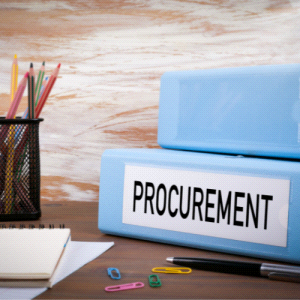Complete the Form Below to Register:
*Please keep your browser open. Your download will be available on the confirmation page following submission of the form.

Because there is no one-size-fits-all method for nonfederal entities to use when developing their policies and procedures for procurements under federal grants, purchasing practices vary from organization to organization. While the Office of Management and Budget’s (OMB) uniform guidance (2 C.F.R. Part 200) states that entities should develop and use documented procurement processes that maximize competition (§200.319), these processes can differ from organization to organization. For example, procedures used by a large institution of higher education may not necessarily be appropriate for a small nonprofit.
While OMB provides guidance on procurement at §§200.317-200.327, these provisions have changed in light of OMB’s August 2020 revisions to the uniform guidance, which generally went into effect on Nov. 12, 2020. For example, the micro-purchase and small purchase thresholds have been raised, and a new provision on domestic preference was added (§200.322). Entities are encouraged to take a fresh look at their existing procurement policies and procedures to ensure they are in compliance, and that they are obtaining goods and services at a fair and reasonable price.
Consultants and auditors have been evaluating recipient and subrecipient management of their procurements under OMB’s revised uniform guidance to determine whether entities are complying with its provisions. This whitepaper, gleaned from a panel discussion during the 2021 National Grants Management Association annual grants training conference, provides some insights and lessons learned from key analysts addressing various issues related to procurement that could prove helpful for nonfederal entities seeking to maintain compliance and avoid audit findings.
Copyright © Thompson Grants, a division of CBIS. All rights reserved.



